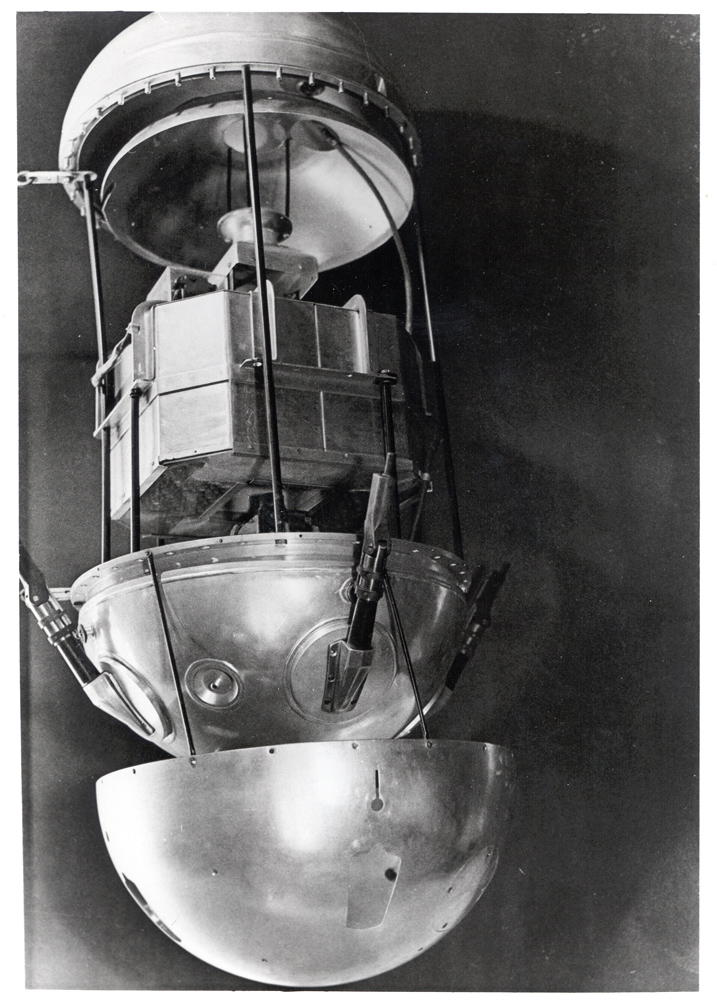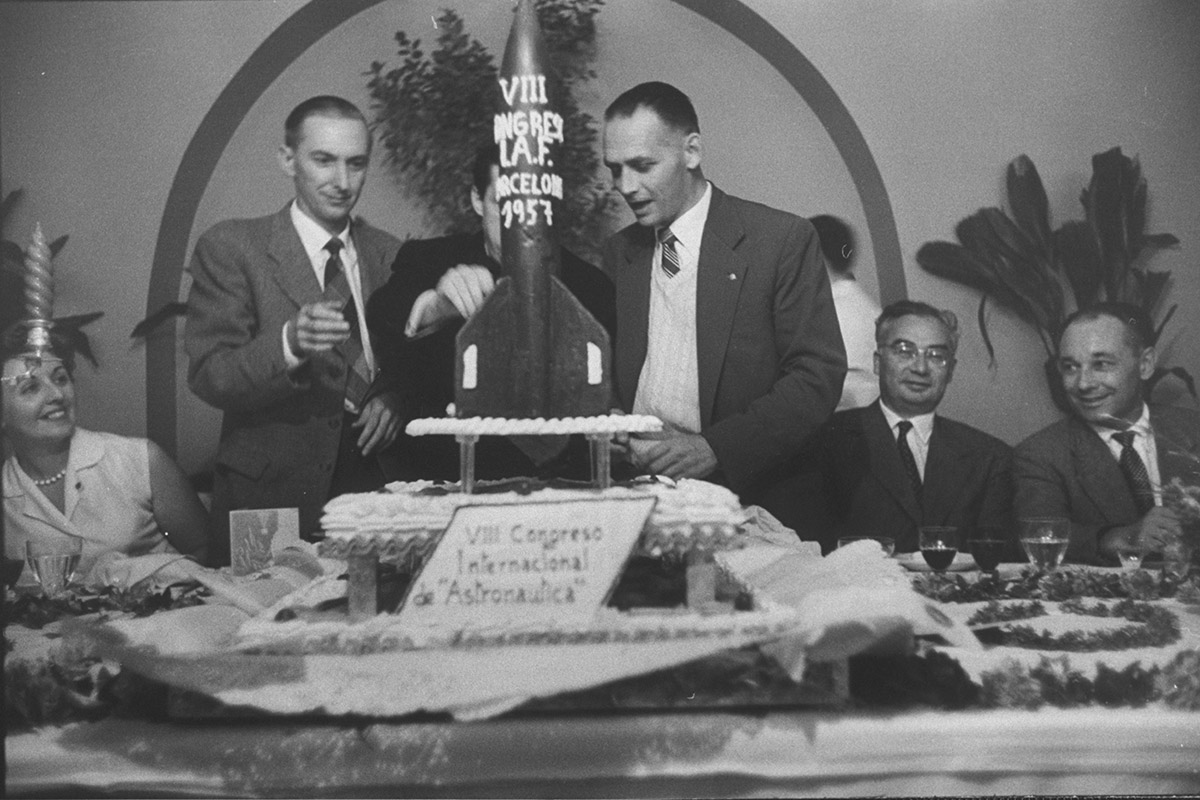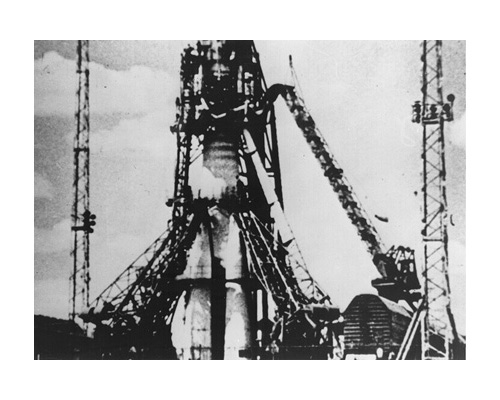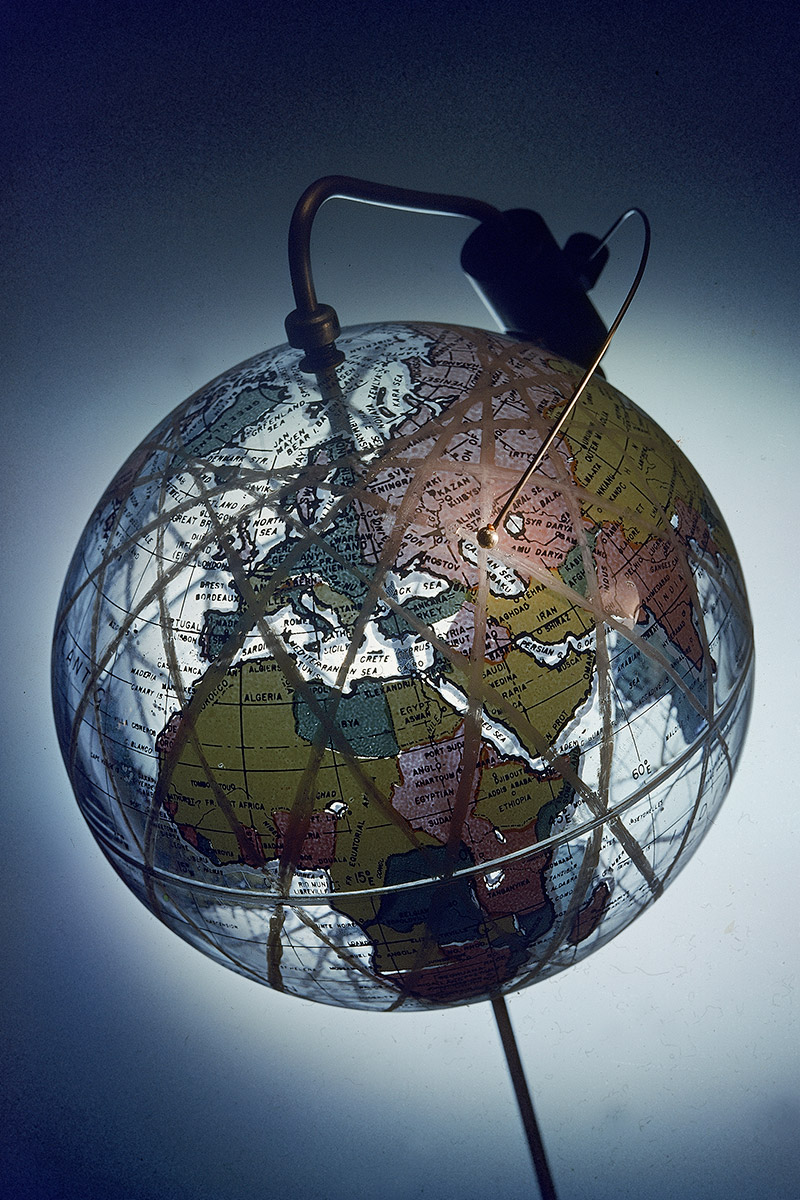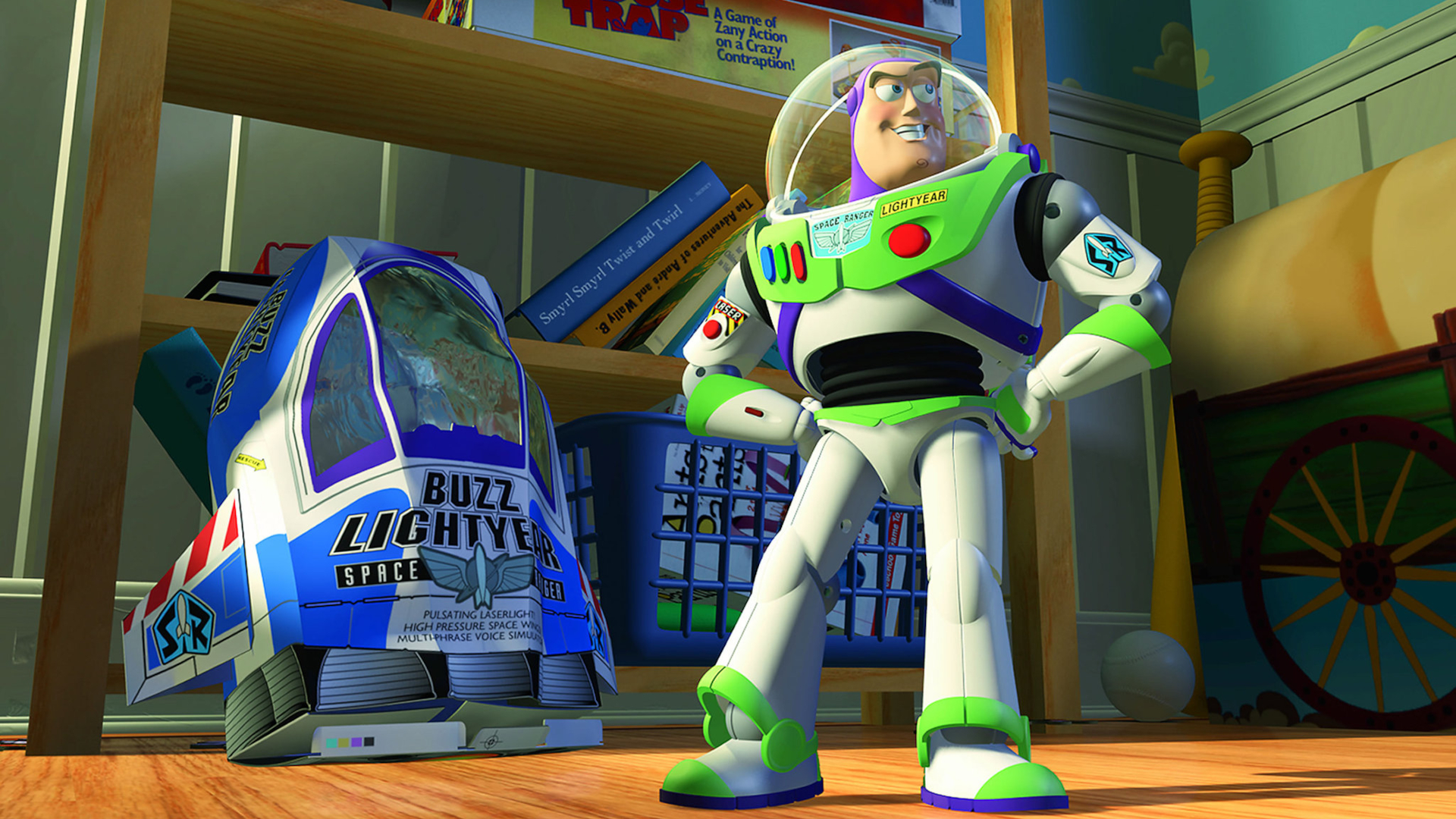Sputnik 1, Earth's First Artificial Satellite in Photos
Each year, the first week of October kicks off the United Nation's World Space Week, which celebrates the world's achievements in space since the dawn of the Space Age on Oct. 4, 1957 with the launch of Sputnik, the world's first artificial satellite. Find out how to celebrate World Space Week 2020 here.
Read on below to see photos of Sputnik and its legacy!
Top image: The Soviet Union successfully launched the Sputnik 1 satellite on Oct. 4, 1957, surprising the world and kicking off the space race. This was the first human-made satellite. Its name means "traveling companion" in Russian.
Earth's 1st Artifical Satellite
The 183-pound (83-kilogram) spacecraft whipped around the Earth every 98 minutes, transmitting a series of beeps.
Working on Sputnik 1
A Soviet technician works on Sputnik 1 before the satellite's Oct. 4, 1957 launch.
Sputnik 1
Sputnik was in the form of a sphere, 23 inches (58 centimeters) in diameter and pressurized with nitrogen.
Exploded View
This exploded view of the Sputnik 1 satellite reveals what its insides look like. [Sputnik: How the World's 1st Artificial Satellite Worked (Infographic)]
Breaking space news, the latest updates on rocket launches, skywatching events and more!
Sputnik's Four Antennas
Four radio antennas trailed behind the spacecraft's spherical body. These ensured that the satellite transmitted radio signals equally in all directions regardless of its rotation. Two of them were 7.9 feet (2.4 meters) long, and the other two were 9.5 feet (2.9 meters) long.
Sputnik Launch Cake
Soviet scientist Leonid Sedov, who created the Sputnik 1, helps to cut a rocket-shaped cake at the International Astronautical Conference in Barcelona a few days after the satellite launched in October of 1957.
Sputnik 1 on the Pad
The Sputnik 1 satellite launched on a rocket of a similar name: Sputnik-PS.
Blastoff!
Sputnik 1 launched from the Baikonur Cosmodrome in Kazakhstan on Oct. 4, 1957.
Sputnik Heads to Space
The launch of Sputnik 1 didn't go entirely to plan. Because the booster didn't reach full power during liftoff, Sputnik ended up orbiting about 310 miles (500 km) lower than it was designed to go.
Sputnik 1's Orbit
Sputnik 1 orbited the Earth for 21 days, circling around the globe every 96.2 minutes. The orbit of Sputnik 1 is traced on globe designed by NASA engineer Robert Farquhar.

Space.com is the premier source of space exploration, innovation and astronomy news, chronicling (and celebrating) humanity's ongoing expansion across the final frontier. Originally founded in 1999, Space.com is, and always has been, the passion of writers and editors who are space fans and also trained journalists. Our current news team consists of Editor-in-Chief Tariq Malik; Editor Hanneke Weitering, Senior Space Writer Mike Wall; Senior Writer Meghan Bartels; Senior Writer Chelsea Gohd, Senior Writer Tereza Pultarova and Staff Writer Alexander Cox, focusing on e-commerce. Senior Producer Steve Spaleta oversees our space videos, with Diana Whitcroft as our Social Media Editor.




